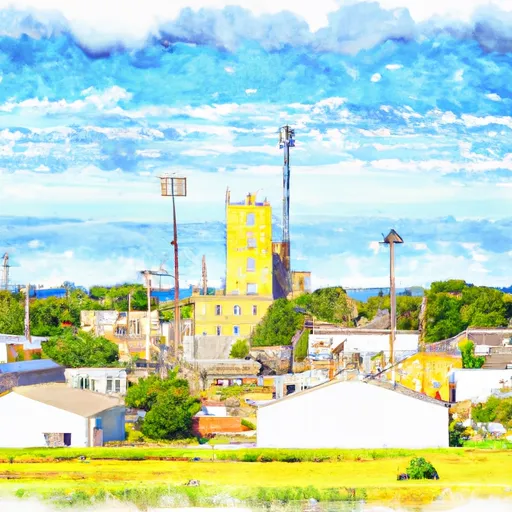°F
°F
mph
Windspeed
%
Humidity











Webster City is a charming city located in Hamilton County, Iowa. It experiences a humid continental climate, characterized by hot and humid summers and cold winters. Summers are generally warm with average temperatures ranging from the mid-70s to low 80s Fahrenheit, while winters are cold with average temperatures in the 20s.
The hydrology constituents in Webster City are mainly influenced by the Boone River, which flows through the city. The river provides opportunities for fishing, canoeing, and kayaking. It is home to various fish species, including catfish, bass, and walleye, attracting anglers of all skill levels.
Outdoor enthusiasts in Webster City can enjoy a range of recreational activities. Briggs Woods Park and Golf Course is a popular destination offering hiking trails, picnic areas, campgrounds, and an 18-hole golf course. Brushy Creek State Recreation Area is another notable spot that offers opportunities for boating, fishing, swimming, and hiking.
Overall, Webster City's climate, hydrology constituents, and outdoor recreation opportunities make it an appealing destination for nature lovers and those seeking outdoor adventures.
Weather Forecast
Webster-City receives approximately 869mm of rain per year, with humidity levels near 84% and air temperatures averaging around 9°C. Webster-City has a plant hardyness factor of 5, meaning plants and agriculture in this region thrive during a short period during spring and early summer. Most plants will die off during the colder winter months.
Regional Streamflow Levels
100
Cubic Feet Per Second
8
Cubic Feet Per Second
63
Cubic Feet Per Second
63
Cubic Feet Per Second
Nearby Camping
| Camping Area | Reservations | Toilets | Showers |
|---|---|---|---|
| Bray County Park | |||
| Baker Park Reserve | |||
| Daly County Park | |||
| Minnesota Valley Rec Area | |||
| Baylor Co Park | |||
| Riverside Park - St Peter |



